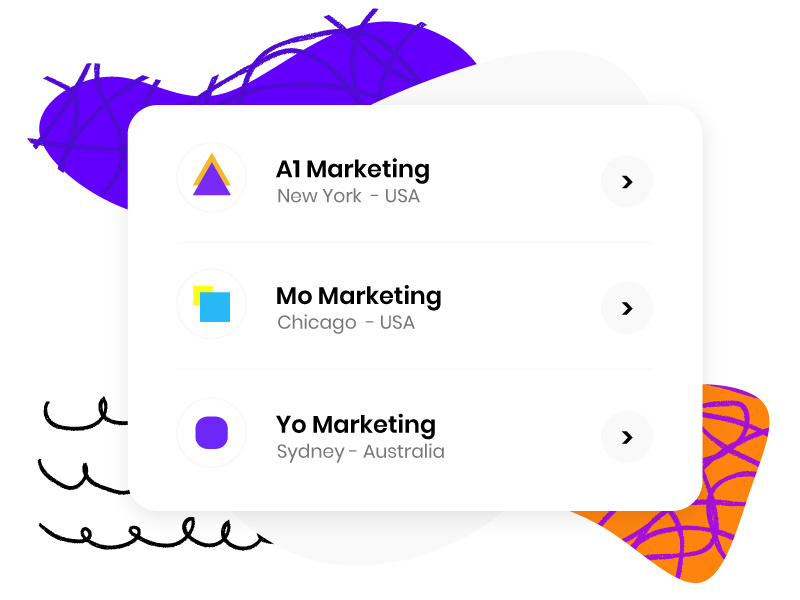
Losing a job is stressful enough without the added burden of student loan payments. In today’s volatile economy, unemployment can strike unexpectedly, leaving many borrowers scrambling to figure out how to manage their debt. The good news? You have options. From federal loan forbearance to income-driven repayment plans, there are ways to ease the financial strain while you get back on your feet.
Understanding Your Student Loan Types
Before exploring repayment options, it’s crucial to know what kind of loans you have.
Federal Student Loans
Federal loans come with built-in protections, including deferment, forbearance, and income-driven repayment (IDR) plans. These loans are issued by the U.S. Department of Education and include:
- Direct Subsidized Loans
- Direct Unsubsidized Loans
- Direct PLUS Loans
- Federal Perkins Loans (no longer issued but still in repayment)
Private Student Loans
Private loans, offered by banks or online lenders, lack the same safety nets. While some lenders may offer temporary relief, terms vary widely, and interest often continues to accrue.
Federal Loan Relief Options During Unemployment
If you have federal loans, you’re in luck—there are several ways to pause or reduce payments.
Income-Driven Repayment (IDR) Plans
IDR plans adjust your monthly payment based on your income and family size. If you’re unemployed, your payment could drop to $0 temporarily. The four main IDR plans are:
1. Revised Pay As You Earn (REPAYE)
2. Pay As You Earn (PAYE)
3. Income-Based Repayment (IBR)
4. Income-Contingent Repayment (ICR)
How to apply: Submit an application through the Federal Student Aid website and provide proof of income (or lack thereof).
Deferment and Forbearance
Both options allow you to temporarily stop payments, but they work differently:
- Deferment – Best if you have subsidized loans, as interest doesn’t accrue.
- Forbearance – Interest still accumulates, but payments pause for up to 12 months.
Eligibility: Unemployment deferment is available if you’re actively seeking work. Forbearance may require documentation of financial hardship.
Public Service Loan Forgiveness (PSLF)
If you work (or plan to work) in government or nonprofit sectors, PSLF forgives remaining debt after 120 qualifying payments. Unemployment periods don’t count, but IDR plans can keep payments low until you secure another qualifying job.
Private Student Loan Strategies
Private lenders aren’t required to offer relief, but some may provide short-term solutions.
Temporary Payment Reduction
Some lenders offer:
- Interest-only payments
- Temporary rate reductions
- Extended repayment terms
What to do: Contact your lender immediately—don’t wait until you miss a payment.
Refinancing (Proceed with Caution)
Refinancing can lower your interest rate, but it converts federal loans into private ones, stripping away protections like IDR and PSLF. Only consider this if you have stable income prospects.
Additional Financial Survival Tips
Budgeting While Unemployed
Cut non-essential expenses and prioritize:
- Housing and utilities
- Food and healthcare
- Minimum debt payments
Unemployment Benefits and Side Hustles
- File for unemployment insurance immediately.
- Explore gig economy jobs (Uber, DoorDash, freelancing) to generate income.
Credit Counseling
Nonprofit credit counselors can help negotiate with lenders and create a sustainable repayment plan.
Long-Term Planning
Once employed again, reassess your strategy:
- Re-enroll in an IDR plan if needed.
- Build an emergency fund to cushion future financial shocks.
Student loans don’t disappear, but with the right approach, you can navigate unemployment without drowning in debt. Stay proactive, explore every option, and remember—this is temporary.
Copyright Statement:
Author: Avant Loans
Source: Avant Loans
The copyright of this article belongs to the author. Reproduction is not allowed without permission.
Recommended Blog
Latest Blog
- How to Pay Off Student Loans Faster: 10 Proven Strategies
- Invoice Financing in Hinesville, GA – Get Paid Faster
- Payday Loans Near Me: How to Lower Your Costs
- What Happens If You Default on a Direct Lender Loan?
- How to Use Gig Economy Jobs to Pay Off Department of Education Student Loans
- Chase Personal Loans: How to Get Pre-Approved
- How to Use a Loans Generator to Estimate Monthly Payments
- Emergency Loans for Transportation Emergencies
- How Much Can You Borrow in Student Loans?
- How to Get a Direct Lender Loan with Low Interest Rates
